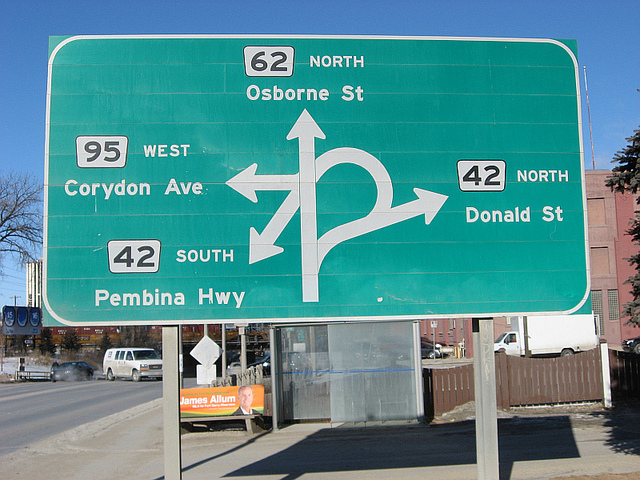This post has already been read 11443 times!

Note: An upcoming webcast will feature this topic as well as an actual demand sensing project between one of the world’s largest CPG companies at the world’s largest retailer. Reserve your seat here!
Note, this is part two in a series on demand sensing. Part one is here. Part two is here.
Today’s retailers and manufacturers are awash in data that more precise and available than ever before. Much of newly available data requires that we use a massively scalable, network-based, real time platform in order to provide both a single version of the truth from a data integrity perspective as well as a seamless functional environment between planning and execution from a modularity perspective.
As an example, consider my company, One Network, which provides this type of service across some of the largest corporations in the world today. With this type of platform we can continue to use the longer horizon and more aggregate level mathematical techniques to create the traditional forecasting baseline, and then layer on the newer techniques working in tighter time buckets to drive forecast accuracy from the traditional 60% to over 80% at the SKU/shelf/location level. Greater than 80% accuracy levels have been the norm at One Network customer sites for many years now.
The key is that with the newer network- based platforms, the business processes from forecasting to order management through replenishment and ship can react in ways that maximize customer service levels while also reducing inventory requirements and transportation costs.
Traditionally when choosing a platform, companies have used an ERP environment with Bolt-Ons, or a Best of Breed solution integrated through an Enterprise Service Bus sharing a common Master Data Management system. Yet while the ERP might be able to provide a single version of the truth if rigorously controlled, it is not modular and therefore too difficult to extend and support. Furthermore, Best of Breed, while solving for modularity, is not able to provide a single version of the truth—causing significant duplication issues and associated data integrity problems.
Without an advanced platform, a ceiling of about 60% accuracy is the reality for time series-based forecasting. From a platform perspective this ceiling isn’t governed so much by computing power and storage (which has always been available in the old ERP architectures), but rather by the fundamental limitations imposed by information theory and the fact that the data being used to drive the forecasting algorithms in our traditional systems does not reflect current events or market conditions.
I’ll discuss this further in future posts. If you’re impatient though, I suggest you read the new white paper, What is Demand Sensing? Much More than a Demand Management Revolution.
- Top 5 Signs Your Supply Chain is Dysfunctional - August 19, 2022
- Why a Network Model Makes Sense for Automotive Suppliers - July 30, 2019
- The Financial Impact of Master Data Management - February 5, 2016
